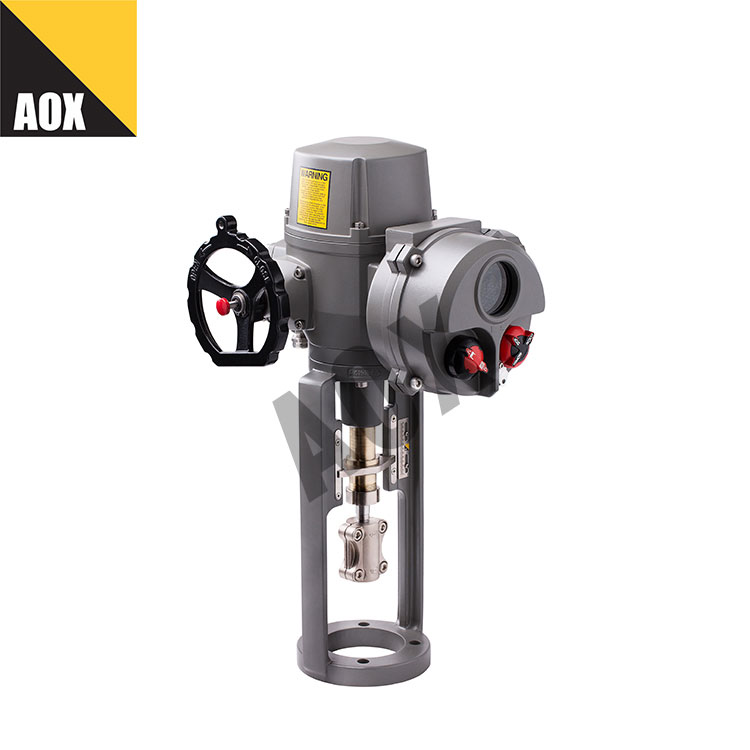Environmental Considerations in Disposal and Recycling of Smart Linear Electric Actuators
2024-03-08
Introduction:
As industries increasingly adopt smart linear electric actuators for automation, it's essential to consider the environmental impact of these devices, particularly at the end of their lifecycle. Proper disposal and recycling of smart linear electric actuators are crucial to minimize environmental pollution and promote sustainability. In this blog post, we'll explore the environmental considerations associated with the disposal or recycling of smart linear electric actuators and discuss best practices for their sustainable management.
1. Material Composition:
Smart linear electric actuators contain various materials, including metals, plastics, electronics, and lubricants. Some of these materials, such as rare earth metals and certain plastics, may pose environmental risks if not properly managed during disposal. Understanding the composition of actuators is essential for identifying recyclable materials and hazardous substances that require special handling to prevent environmental contamination.
2. Hazardous Substances:
Certain components within smart linear electric actuators, such as circuit boards, capacitors, and batteries, may contain hazardous substances like lead, mercury, cadmium, and brominated flame retardants. These substances can leach into the environment if disposed of improperly, posing risks to human health and ecosystems. Responsible disposal methods, such as recycling or hazardous waste management, are necessary to prevent environmental pollution and comply with regulations governing hazardous materials.
3. Recycling Opportunities:
Smart linear electric actuators contain valuable materials that can be recovered and reused through recycling processes. Metals such as aluminum, copper, and steel can be extracted and recycled to conserve natural resources and reduce energy consumption associated with primary metal production. Plastics and electronic components can also be recycled to minimize waste generation and promote circular economy principles. Identifying recycling opportunities for smart linear electric actuators helps minimize their environmental footprint and contributes to resource conservation efforts.
4. E-Waste Regulations:
Regulations governing the disposal and recycling of electronic waste (e-waste) vary by region and jurisdiction. Manufacturers, distributors, and end-users of smart linear electric actuators must comply with e-waste regulations to ensure responsible management of these devices at the end of their lifecycle. This may involve implementing take-back programs, partnering with certified recycling facilities, or adhering to specific disposal requirements outlined by regulatory authorities.
5. Extended Producer Responsibility (EPR):
Extended Producer Responsibility (EPR) programs hold manufacturers accountable for the environmental impact of their products throughout their lifecycle, including disposal and recycling. Manufacturers of smart linear electric actuators may be required to finance or participate in e-waste management initiatives, such as collection, recycling, or recovery programs, to mitigate the environmental burden associated with their products. EPR encourages product design for sustainability and incentivizes manufacturers to adopt environmentally friendly practices.
6. Environmental Management Systems:
Implementing environmental management systems (EMS) can help organizations ensure compliance with environmental regulations and promote sustainable practices in the disposal and recycling of smart linear electric actuators. EMS frameworks, such as ISO 14001, provide guidelines for establishing environmental policies, conducting risk assessments, implementing control measures, and monitoring performance. By integrating environmental considerations into their operations, organizations can minimize environmental impacts and demonstrate their commitment to sustainability.
Conclusion:
Proper disposal and recycling of smart linear electric actuators are essential to mitigate environmental risks and promote sustainability in industrial automation. By understanding the material composition, managing hazardous substances, identifying recycling opportunities, complying with e-waste regulations, adopting Extended Producer Responsibility (EPR) initiatives, and implementing environmental management systems (EMS), organizations can ensure responsible management of smart linear electric actuators at the end of their lifecycle. By prioritizing environmental considerations, stakeholders can contribute to a greener and more sustainable future for the planet.



